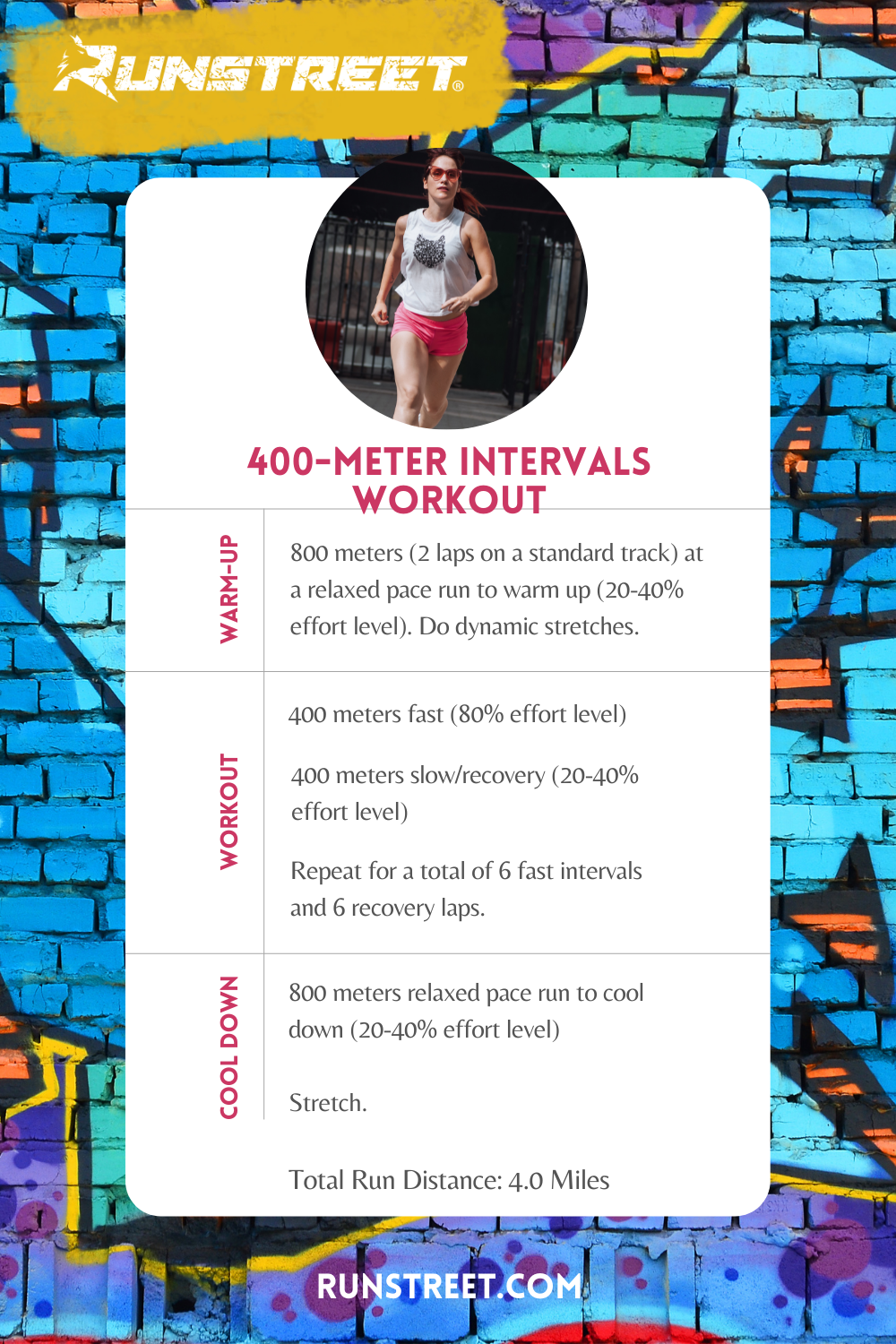Dealing With Common Running Pains: Reasons, Solutions, and Avoidance
As runners, we typically run into numerous discomforts that can prevent our performance and enjoyment of this exercise. From the incapacitating discomfort of shin splints to the unpleasant IT band syndrome, these typical running pains can be aggravating and demotivating. Comprehending the causes behind these ailments is important in successfully addressing them. By checking out the root reasons for these running discomforts, we can reveal targeted remedies and precautionary actions to make certain a smoother and a lot more satisfying running experience (click to read more).
Typical Running Pain: Shin Splints
Shin splints, a typical running pain, frequently result from overuse or improper shoes throughout physical activity. The recurring tension on the shinbone and the cells connecting the muscles to the bone leads to swelling and pain.
To avoid shin splints, individuals must slowly boost the strength of their exercises, use ideal shoes with appropriate arch assistance, and preserve versatility and stamina in the muscle mass surrounding the shin (running workout). Additionally, incorporating low-impact activities like swimming or biking can aid keep cardio physical fitness while enabling the shins to heal.
Common Running Pain: IT Band Disorder
Along with shin splints, one more common running pain that athletes often encounter is IT Band Disorder, a problem brought on by inflammation of the iliotibial band that leaves the external thigh and knee. IT Band Syndrome typically shows up as discomfort outside of the knee, especially throughout tasks like running or cycling. The iliotibial band is a thick band of fascia that attaches the aware of the shin, and when it ends up being inflamed or limited, it can scrub against the upper leg bone, causing discomfort and discomfort.
Joggers experiencing IT Band Syndrome may observe a painful or aching feeling on the external knee, which can worsen with continued task. Factors such as overuse, muscle mass inequalities, inappropriate running form, or insufficient workout can contribute to the advancement of this problem.
Usual Running Discomfort: Plantar Fasciitis

Plantar Fasciitis can be credited to different elements such as overtraining, incorrect shoes, operating on difficult surface areas, or having high arcs or flat feet. To stop and ease Plantar Fasciitis, joggers can include extending exercises for the calf bones and plantar fascia, put on supportive footwear, preserve a healthy and balanced weight to decrease pressure on the feet, and slowly raise running strength to prevent unexpected tension on the plantar fascia. If signs linger, it is recommended to get in touch with a health care professional for correct medical diagnosis and therapy alternatives to attend to the condition efficiently.
Usual Running Pain: Jogger's Knee
After attending to the obstacles of Plantar Fasciitis, another widespread concern that runners commonly deal with is Runner's Knee, a typical running pain that can impede sports efficiency and cause discomfort during physical activity. Runner's Knee, also known as patellofemoral pain disorder, materializes as pain around or behind the kneecap. Runners experiencing this pain may really feel a plain, hurting discomfort while running, going up or down stairs, or after long term durations of resting.
Usual Running Pain: Achilles Tendonitis
Typically afflicting joggers, Achilles Tendonitis is an unpleasant condition that affects the Achilles tendon, triggering discomfort and possible limitations in exercise. The Achilles tendon is a thick band of tissue that connects the calf muscles to the heel bone, vital for activities like running, leaping, and walking - more info here. Achilles Tendonitis usually creates as a result of overuse, inappropriate shoes, insufficient stretching, or sudden boosts in exercise
Symptoms of Achilles Tendonitis include pain and rigidity along the ligament, specifically in the morning or after durations of lack of exercise, swelling that intensifies with activity, and perhaps bone stimulates in chronic situations. To avoid Achilles Tendonitis, it is necessary to stretch effectively previously and after running, wear appropriate footwear with proper support, slowly enhance the intensity of exercise, and cross-train to reduce repetitive tension on the ligament. Treatment may entail remainder, ice, compression, altitude (RICE protocol), physical treatment, orthotics, and in serious situations, surgical procedure. Early treatment and appropriate care are vital for handling Achilles Tendonitis successfully and preventing long-lasting difficulties.
Final Thought
